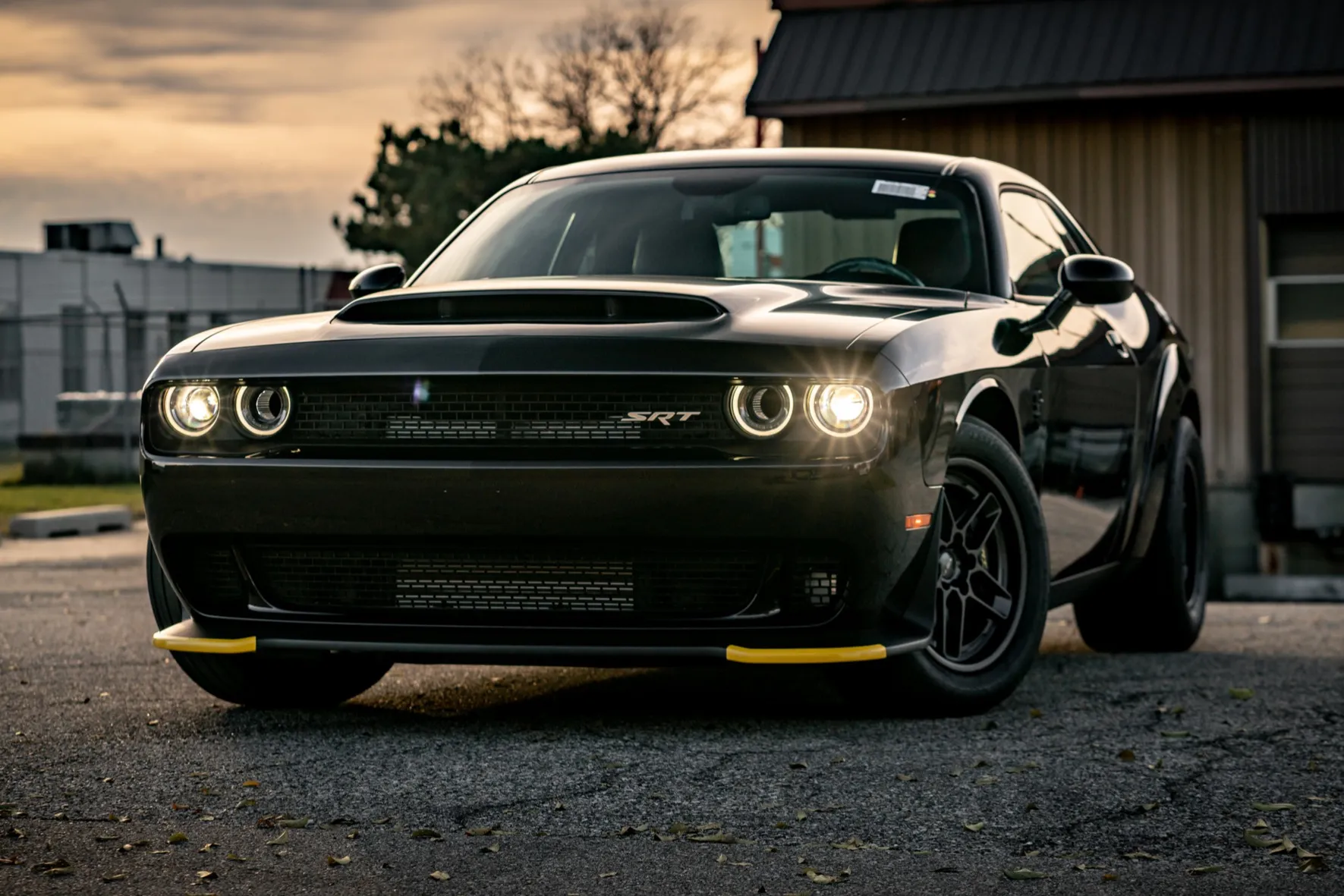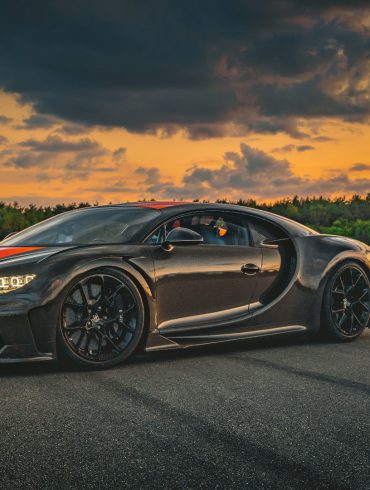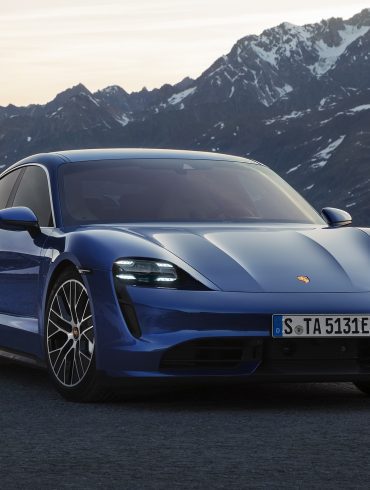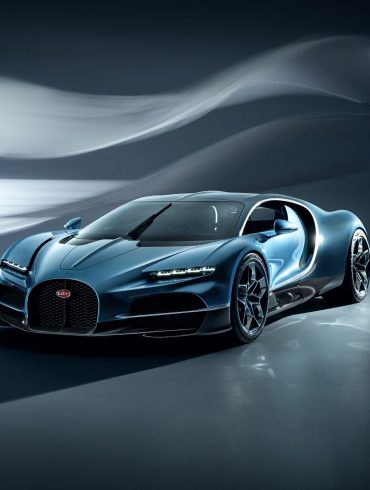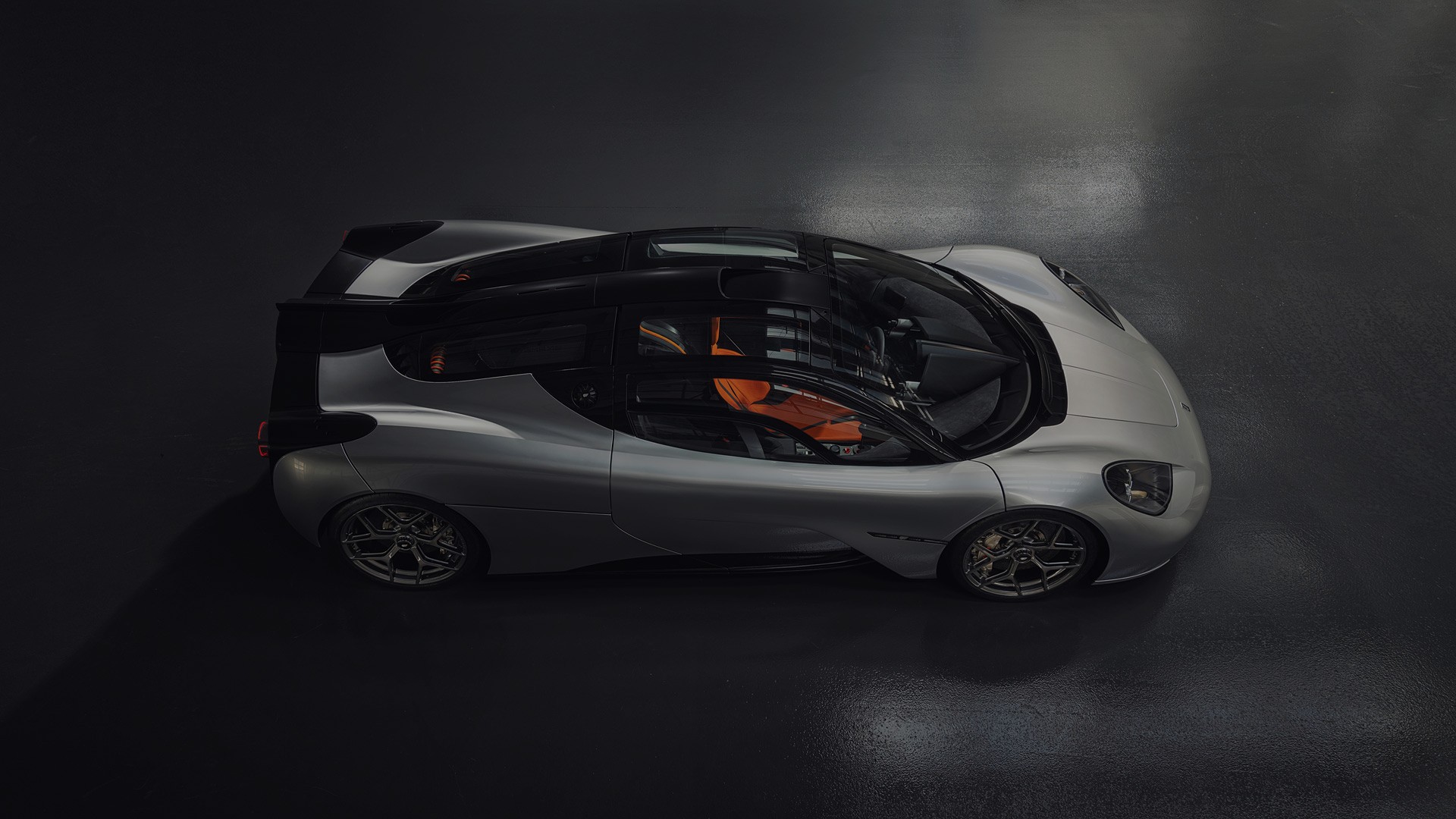Top 100 Fastest RWD Cars Ever
The Definitive List of Fastest Rear-Wheel-Drive Cars by 0-60 mph Acceleration
Prepare for a tire-shredding, adrenaline-pumping adventure as we dive into the world of rear-wheel-drive beasts! These machines are engineered for pure, unadulterated speed, delivering heart-stopping acceleration with every press of the pedal. From sleek supercars to powerful SUVs, we'll countdown the Top 100 Fastest Rear-Wheel-Drive cars ever, showcasing the engineering marvels that push the limits of performance and redefine what it means to be fast. Get ready to feel the thrill of rear-wheel-drive dominance!
The Fastest Accelerating Rear-Wheel-Drive Cars
0-60 mph and quarter mile acceleration times. Narrow down your search via the filters.
You are trying to load a table of an unknown type. Probably you did not activate the addon which is required to use this table type.
The Fastest Rear-Wheel-Drive Cars Ever Made: The Last Stronghold of High-Octane Performance
In the realm of high-performance vehicles, rear-wheel-drive (RWD) cars have long been celebrated for their driving dynamics, providing enthusiasts with the thrill of raw power delivered straight to the back wheels. Unlike the rapid shift toward electrification seen in all-wheel-drive and front-wheel-drive segments, the fastest RWD cars remain largely powered by internal combustion engines (ICE). This article delves into the reasons behind this trend, exploring the fastest accelerating RWD cars ever made and why electrics have yet to dominate this segment. Rear-wheel-drive has always been the preferred drivetrain layout for performance purists. The configuration offers several advantages, including better weight distribution, improved handling, and a more engaging driving experience. This has made RWD the go-to choice for sports cars and supercars that prioritize driving pleasure over practicality. In the last decade we got cars like the Ferrari 488 Pista, with a 3.9-liter twin-turbo V8 engine producing 710 horsepower, the 488 Pista accelerates from 0 to 60 mph in just 2.7 seconds, offering a perfect blend of power and agility. The McLaren 720S was a British marvel featuring a 4.0-liter twin-turbo V8 engine delivering 710 horsepower, achieving 0 to 60 mph in an astounding 2.7 seconds. Don't forget our friends at Porsche, with their epic 911 GT2 RS, equipped with a 3.8-liter twin-turbo flat-six engine producing 700 horsepower, the GT2 RS sprints to 60 mph in a blistering 2.7 seconds. These vehicles are celebrated for their high-revving engines, responsive handling, and the unique thrill of controlling immense power through the rear wheels.
The rise of electric vehicles (EVs) has transformed many segments of the automotive industry, but RWD performance cars remain predominantly ICE-powered. There are several reasons for this trend including most importantly weight distribution. Electric vehicles typically require large battery packs, which add significant weight. This extra weight can negatively affect the balance and agility of a performance-oriented RWD car, which relies on precise weight distribution for optimal handling. For many enthusiasts, the visceral experience of driving a high-powered ICE car—complete with the sound, vibration, and throttle response—is irreplaceable. This sensory engagement is a key part of the appeal of RWD sports cars. The core market for RWD performance cars tends to prioritize traditional driving dynamics and experiences over the technological advancements of electric powertrains. This demographic values the heritage and character of ICE vehicles, keeping demand for such cars high.
Despite the absence of electric powertrains, RWD cars have not lagged in terms of performance advancements. Continuous improvements in engine technology, aerodynamics, and lightweight materials have pushed the acceleration capabilities of these cars to new heights. While the current landscape of RWD performance cars is dominated by ICE engines, the future may still see the advent of electric RWD supercars. As battery technology evolves and becomes more efficient and lighter, the potential for high-performance electric RWD vehicles will grow. Automakers are likely to explore innovative solutions to blend the engaging dynamics of RWD with the instant torque and efficiency of electric powertrains.
The world of rear-wheel-drive performance cars remains a bastion of internal combustion engine excellence. The unique driving dynamics, sensory experiences, and market preferences have kept RWD cars largely ICE-powered, even as other segments embrace electrification. The fastest RWD cars ever made continue to set benchmarks in acceleration and driving pleasure, showcasing the enduring appeal of high-octane performance. As technology advances, the balance may shift, but for now, the roar of the engine and the thrill of rear-wheel-drive remain at the heart of automotive passion.
1. 2012 Ariel Atom 500 (V8)
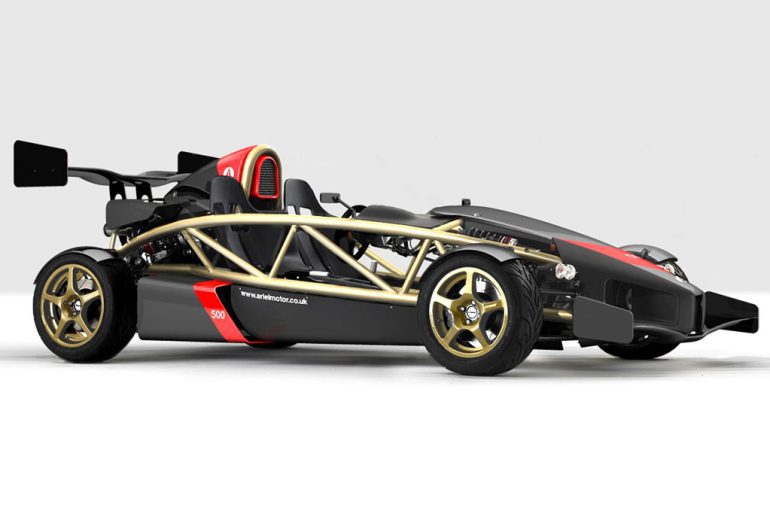
0 - 60 mph: 2.3 seconds
Summary
The 2012 Ariel Atom 500 V8 is an extreme, track-focused machine that pushes the boundaries of performance and engineering. This limited-edition model, with only 25 units ever built, embodies Ariel's philosophy of lightweight construction and raw driving experience.
Underneath its minimalist exoskeleton, the Atom 500 V8 houses a bespoke 3.0-liter naturally aspirated V8 engine developed in collaboration with Hartley Engineering. This high-revving powerhouse produces a staggering 500 horsepower and 284 lb-ft of torque, propelling the lightweight car from 0 to 60 mph in a mind-boggling 2.3 seconds. With a power-to-weight ratio that rivals Formula One cars, the Atom 500 V8 is capable of pulling over 2G in corners and reaching a top speed of 168 mph.
The Atom 500 V8 is a raw and visceral driving experience unlike any other. Its minimalist design, lack of doors, roof, or windshield, and exposed mechanical components all contribute to its unique character. The car's racing-derived suspension and slick tires provide exceptional grip and handling, while its aerodynamic bodywork helps keep it planted at high speeds.
The Atom 500 V8 is a car that demands respect and skill from its driver. Its extreme performance and lack of driver aids make it a challenging but incredibly rewarding machine to master. It's a car that is best suited for the racetrack, where its incredible speed and agility can be fully exploited.
2. 2018 Dodge Challenger SRT Demon
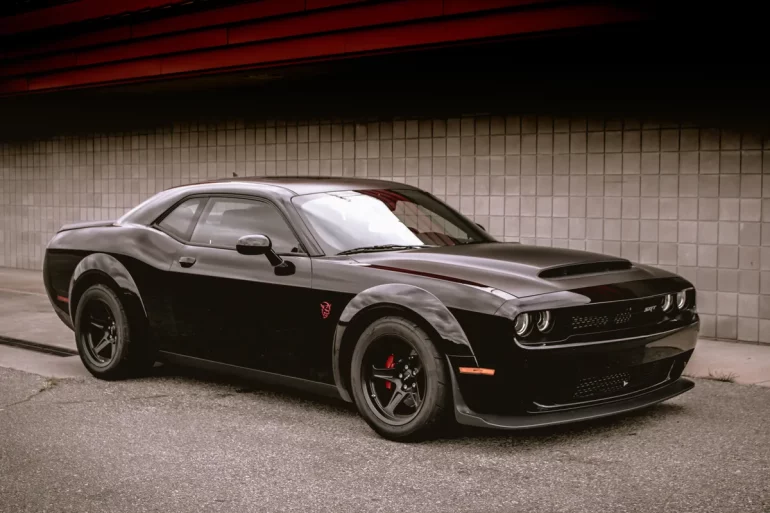
0 - 60 mph: 2.3 seconds
Summary
The 2018 Dodge Challenger SRT Demon was not just a car; it was a tire-shredding, drag strip-dominating monster. Built for one purpose – quarter-mile supremacy – the Demon packed a supercharged 6.2-liter Hemi V8 engine that unleashed a staggering 808 horsepower on pump gas and a monstrous 840 horsepower on 100+ octane race fuel. This raw power, coupled with a range of drag-specific features like the TransBrake and Torque Reserve, catapulted the Demon from 0 to 60 mph in a mind-boggling 2.3 seconds.
The Demon's performance at the drag strip was nothing short of legendary. It could conquer the quarter-mile in just 9.6 seconds at 140 mph, making it the quickest production car ever produced. It was so dominant that it was officially banned by the NHRA from NHRA-sanctioned competition.
Beyond its straight-line ferocity, the Demon was a street-legal beast with a surprisingly comfortable interior and everyday usability. However, its true calling was on the drag strip, where it reigned supreme as the ultimate expression of American muscle and engineering prowess. The 2018 Dodge Challenger SRT Demon will forever hold a place in automotive history as the most powerful and quickest muscle car ever unleashed upon the world.
3. 2024 Aston Martin Valkyrie
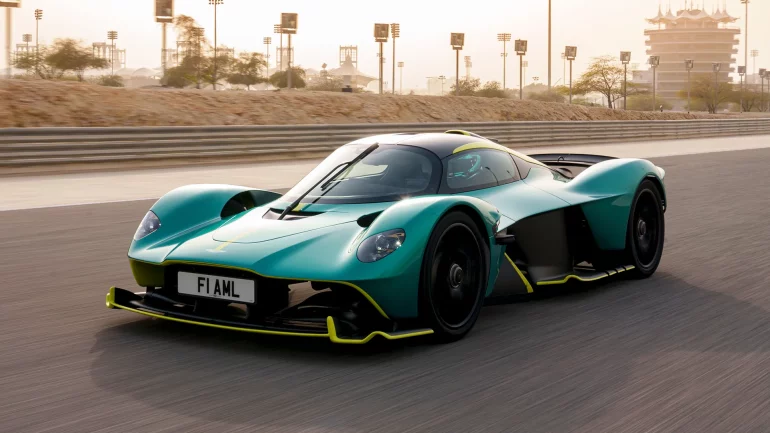
0 - 60 mph: 2.4 seconds
Summary
The Aston Martin Valkyrie stands as a pinnacle of automotive engineering, pushing the boundaries of performance and technology to unprecedented levels. Designed in collaboration with Red Bull Racing, this hypercar represents a fusion of Formula 1 technology and road-going practicality, resulting in a machine that redefines what is possible on four wheels.
At the heart of the Valkyrie lies a bespoke 6.5-liter naturally aspirated V12 engine, developed by Cosworth, producing an astounding 1,160 horsepower. Complemented by an electric motor system developed by Rimac, the Valkyrie's total power output exceeds 1,000 horsepower, propelling it into the realm of hypercars. With a weight of around 1,000 kg (2,205 lbs), the power-to-weight ratio of the Valkyrie rivals that of Formula 1 race cars, enabling mind-bending acceleration and cornering capabilities.
The performance figures of the Aston Martin Valkyrie are nothing short of staggering. With a claimed top speed of over 250 mph and a 0 to 60 mph acceleration time of under 2.5 seconds, the Valkyrie ranks among the fastest production cars ever built. Its advanced aerodynamics, lightweight construction, and active suspension systems contribute to its extraordinary agility and handling, allowing drivers to extract maximum performance from this track-focused hypercar.
In addition to its blistering speed and track capabilities, the Aston Martin Valkyrie offers a level of driving engagement and sensory exhilaration that is unmatched by most road cars. Its minimalist interior, featuring a central driving position reminiscent of a Formula 1 cockpit, puts the driver at the center of the action, while advanced technologies such as active aerodynamics and adaptive damping systems ensure a visceral and immersive driving experience.
Overall, the Aston Martin Valkyrie represents the pinnacle of automotive performance, pushing the boundaries of speed, technology, and design to new heights. With its jaw-dropping performance figures and track-focused dynamics, the Valkyrie is a true testament to Aston Martin's commitment to excellence and innovation in the pursuit of automotive perfection.
4. 2024 Ferrari 296 GTB
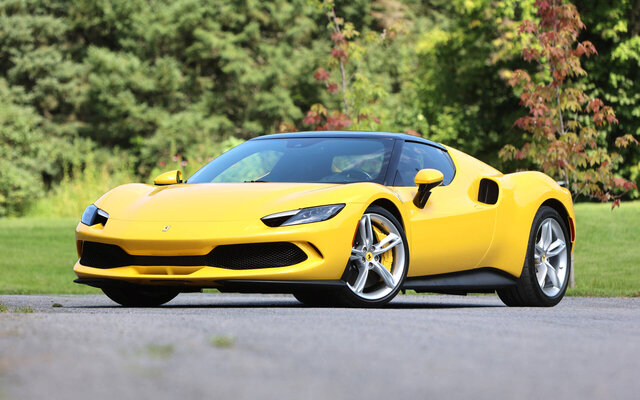
0 - 60 mph: 2.4 seconds
Summary
The 2024 Ferrari 296 GTB is a revolutionary supercar that marks a new era for the Prancing Horse. It's the first Ferrari road car to feature a V6 engine, a turbocharged 120-degree V6 that, combined with a plug-in hybrid system, delivers an astounding 819 horsepower. This potent powertrain catapults the 296 GTB from 0 to 60 mph in a mere 2.4 seconds, making it one of the quickest cars ever tested by Car and Driver.
The 296 GTB's performance isn't just about straight-line speed. Its mid-rear-engined layout, sophisticated suspension, and aerodynamic design ensure exceptional handling and agility on both road and track. Drivers can choose from four drive modes – eDrive, Hybrid, Performance, and Qualify – each offering a different level of performance and responsiveness.
Inside the cabin, the 296 GTB blends classic Ferrari design cues with cutting-edge technology. The driver-focused cockpit features a digital instrument cluster, a central touchscreen, and haptic controls on the steering wheel. The 296 GTB isn't just a technological marvel; it's also a testament to Ferrari's commitment to driving pleasure, offering an exhilarating and engaging experience behind the wheel.
5. 2015 Ferrari LaFerrari

0 - 60 mph: 2.4 seconds
Summary
The 2015 Ferrari LaFerrari is a groundbreaking hybrid hypercar that represents the pinnacle of Ferrari's engineering and performance prowess. Its striking, aerodynamic design is not just for show; it's a functional masterpiece that helps the LaFerrari achieve incredible speeds and handling.
At the heart of this beast lies a naturally aspirated 6.3-liter V12 engine, which alone produces a staggering 789 horsepower. This is supplemented by a 161-horsepower electric motor, bringing the total system output to a mind-blowing 950 horsepower and 664 lb-ft of torque. This power is channeled through a 7-speed dual-clutch transmission, propelling the LaFerrari from 0 to 60 mph in a mere 2.4 seconds and on to a top speed of 217 mph.
But the LaFerrari isn't just about raw power. Its advanced hybrid system, known as HY-KERS, not only boosts performance but also improves fuel efficiency. This technology, derived from Ferrari's Formula One program, allows the LaFerrari to achieve a remarkable level of performance while still maintaining a relatively low carbon footprint. The LaFerrari is a technological marvel, a testament to Ferrari's commitment to innovation and a symbol of the future of high-performance automobiles.


